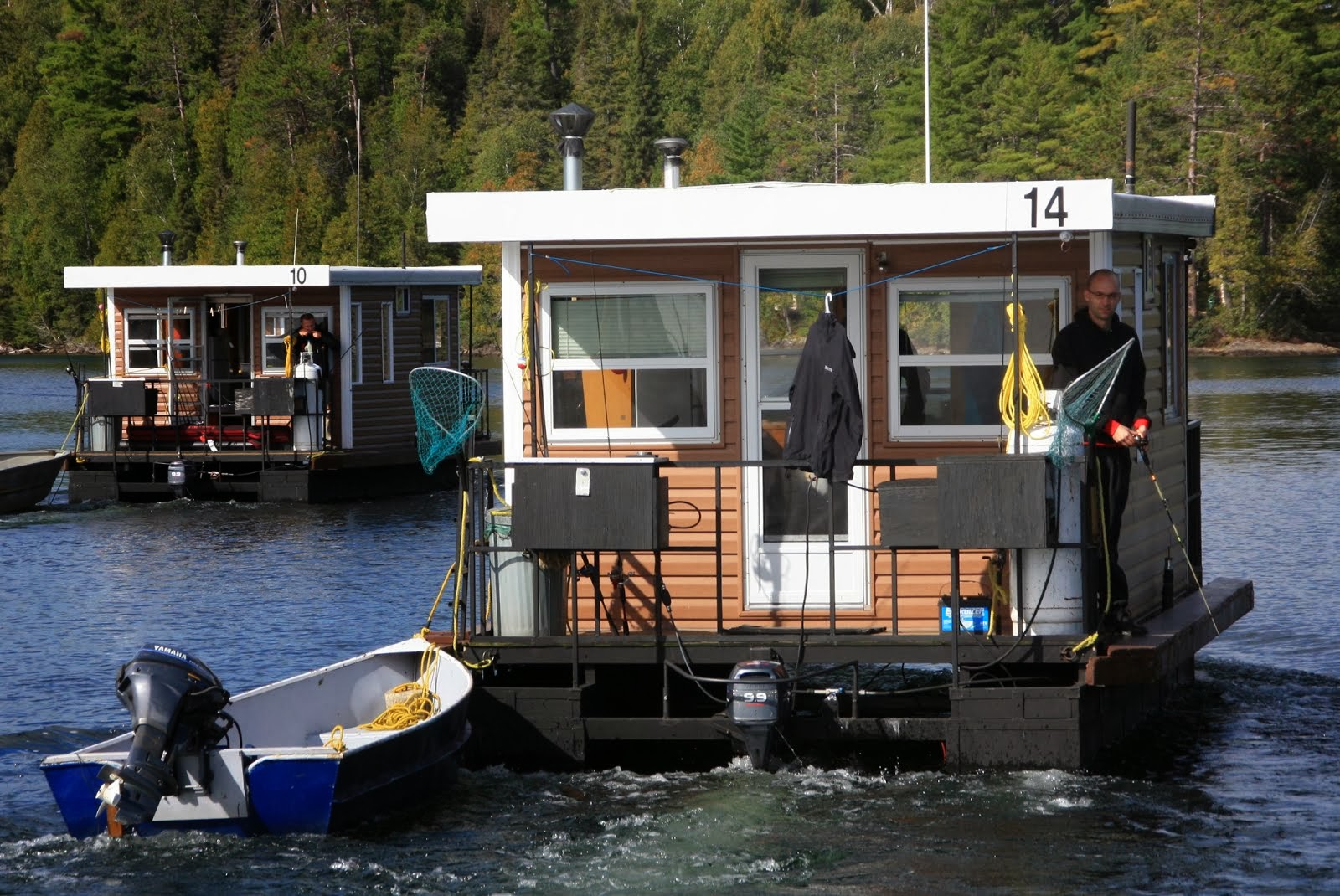 obbler is a classic spoon that can be used a variety of ways. I tend to pull mine out in the summer when fishing weed beds and want to see what is around. They are successful jigs, can be used for casting, and used as a substitute for live bait behind trolling rigs like hammers or "Christmas Trees" when trolling for trout.
obbler is a classic spoon that can be used a variety of ways. I tend to pull mine out in the summer when fishing weed beds and want to see what is around. They are successful jigs, can be used for casting, and used as a substitute for live bait behind trolling rigs like hammers or "Christmas Trees" when trolling for trout.Thursday, April 28, 2011
Gearing for Fishing - Williams Wobbler
 obbler is a classic spoon that can be used a variety of ways. I tend to pull mine out in the summer when fishing weed beds and want to see what is around. They are successful jigs, can be used for casting, and used as a substitute for live bait behind trolling rigs like hammers or "Christmas Trees" when trolling for trout.
obbler is a classic spoon that can be used a variety of ways. I tend to pull mine out in the summer when fishing weed beds and want to see what is around. They are successful jigs, can be used for casting, and used as a substitute for live bait behind trolling rigs like hammers or "Christmas Trees" when trolling for trout.Sunday, April 17, 2011
Gearing for Fishing - Hot N Tot
 Today I want to look at another lure that might find its way into several tackle boxes, the Hot N Tot by Storm Lures. I first tried one of these out last year and found it well liked by most species of fish. It does have a deeper range than the previously mentioned Rapala and is not suited well to very shallow shorelines. The depth range on the box says 8-15 feet, and given I bounced bottom when trying it in some 6 foot trolling territory, I would say it is fairly accurate, unless you keep it reigned in and your pole raised.
Today I want to look at another lure that might find its way into several tackle boxes, the Hot N Tot by Storm Lures. I first tried one of these out last year and found it well liked by most species of fish. It does have a deeper range than the previously mentioned Rapala and is not suited well to very shallow shorelines. The depth range on the box says 8-15 feet, and given I bounced bottom when trying it in some 6 foot trolling territory, I would say it is fairly accurate, unless you keep it reigned in and your pole raised.
Saturday, April 16, 2011
Geocaching in Temagami
Sunday, April 10, 2011
Rapalas - Colors and Models
Sunday, April 3, 2011
Spring Fishing Gear Tip - Rapalas
Every fisherman has their set of "must haves" for their tackle box. Sure, they might be hidden among the other tackle that piles up over the years as gifts, fads, and experimentation... But these lures are the ones that, if the tackle box was lost to the bottom of the lake by accident, and you had to replace tackle on a budget, they would make the first round of lures and gear from the tackle shop.
I have my go to lures as well, and I will attempt to show a few of them to you each week leading up to the start of the spring fishing season, when I hope I can bring a bit more "live action" tips of the week to you as well. Hopefully I'll be able to bring you a new tip each week of the year, but please understand, things do get busy and I might miss a week here or there in the process.

This week I want to look at a lure that has been around for a long time, the Rapala. I remember fishing with these 25 years ago, and not much has changed in the design since then. But then, why change something that works... The floating Rapala is one of my first lures to get wet in the spring, hunting for the Walleye along the shorelines in the bays where streams present a spawning site that they will have gathered weeks before to lay their eggs.
I usually hunt for a 6-8 foot depth along the shoreline and strive to keep that depth by weaving further or closer to shore. Sometimes with a sudden rise you'll hit as high as 4 feet. A small boat really helps in these types of areas, easy to manoeuver where you need to go.
The floating Rapalas offer the ability to stay shallow. If you hit a sudden rise, you can easily lift your fishing pole high and have the lure climb to a shallow depth usually before your lure reaches it. If you figure your target is close to shore in shallow water, the floating Rapala will hug it for you, and offer some great natural swimming action to entice your prey. Having a medium-light action rod and lightweight (6-8 pound test) line will help you feel bottom during darker fishing hours and react to those times when bottom reaches up to grab at your lure. I've found often a quick lift of the pole will save your lure from a snag, and it helps to let your pole drift back as well, lowering the speed your lure is travelling while minimizing the chance it will grab something with a hook, and letting it rise both with line lift and its natural floating ability.
Next week I'll talk a bit more about different color and model options within the Rapala family.
